|
In this bonus episode of The Editing Podcast, Denise and Louise chat about 10 things an author needs to tell an editor about so that both parties can work out whether they're a good fit.
Listen here ...
Find out more about ...
Mentioned in the show
Music credit ‘Vivacity’ Kevin MacLeod (incompetech.com). Licensed under Creative Commons: By Attribution 3.0 License.
Louise Harnby is a line editor, copyeditor and proofreader who specializes in working with crime, mystery, suspense and thriller writers.
She is an Advanced Professional Member of the Chartered Institute of Editing and Proofreading (CIEP), a member of ACES, a Partner Member of The Alliance of Independent Authors (ALLi), and co-hosts The Editing Podcast. Visit her business website at Louise Harnby | Fiction Editor & Proofreader, say hello on Twitter at @LouiseHarnby, connect via Facebook and LinkedIn, and check out her books and courses.
0 Comments
What do people say about your editing and proofreading business when you’re not in the room? Whatever it is, that’s your brand. Here’s what happens when you show who you are by talking about the problems you solve for others.
You’ve got work coming in but your analytics make you wonder whether you should be getting more requests to quote, given the volume of traffic.
Or perhaps you’re a new entrant to the field and have just begun to think about who you want to work with and what your message is. Do yourself a favour and take a look at your branding. Is it on track?
Brand blurriness
I spent the first five years of my freelance career specializing in proofreading for publishers, first in the social sciences, then in fiction. Over time, my client base began to shift. Now, I do sentence-level editing exclusively for indie fiction authors. Here’s the thing, though. For a long time, my website and directory entries didn’t reflect this shift. And while the content on my blog began to reflect my passion for supporting self-publishers, especially beginner writers, you wouldn’t have known this from the way I communicated my business mission in the rest of my marketing materials. I was playing safe. I was nervous. I was getting a lot of visitors to my website and a lot of requests to quote. However, only about 25% of those requests were from my target audience – the indie authors. And while the other 75% was work I always referred elsewhere, I felt safe having that as an option. If it ain’t broke, don’t fix it. That was my mantra. I had enough work that I wanted to do, and plenty of offers to quote for work that I didn’t want to do. Still, I spent a lot of time sending work elsewhere. And I couldn’t quite shake the feeling that a lot of effort was going into marketing that ended up as jobs in other people’s hands. Why not just make things leaner?
Discovering the problem
I found my courage and decided to make some changes. I amended the lead text on my page to make it clear that I was a fiction specialist. And I readied myself for losing the 75% – those requests to quote that had made me feel all warm, cosy and safe for so long. Over the next three weeks the numbers plummeted. Most of those students, businesses and academics stopped getting in contact. But things were leaner. I was spending less time sending work elsewhere that I didn’t want to do anyway. I became more efficient, more productive, more focused. I was using my time wisely. I was streamlining my business. I felt great, right? Honestly? I’d lost my safety net. And I didn’t feel great at all. I reminded myself that I’d been fully booked for the past two years without having to dip into that 75%, so I should just relax. As you were – that was my new mantra. It’ll be fine – that was my other new mantra. Stop overthinking things – yet another new mantra. Louise Harnby | Mantra Queen is what I should have changed my business name to. I took a look at my home page, my directory entries, my business cards, and I noticed something. All the passion I felt about championing my target clients was missing. My branding was off.
Making the message about the client
I completely overhauled my home page, resources page, my SfEP directory entry, my Reedsy profile, even my blog, so that everything started to work together in harmony. Now I’m telling my target client group about what makes me tick but in a way that focuses on solutions to their problems. It’s all about them, not about me. Here’s what I learned. Even if you’re findable, when your message doesn’t make your client feel like you get them, then you’re doing a lot of marketing work for a poor return. And even if that return is enough to keep your schedule full, it’s not giving you as much choice as you could have if your message was on point.
Getting in the right gear
Being findable but having a weak brand is like driving along a motorway at 70 miles an hour in second gear. The car has to work really hard to get you where you want to go! Getting the branding right is like slipping into cruise-control. Here’s what happened when I rebranded:
Sorting out our branding is the most powerful gift we can give our businesses. If we don’t understand our own brand values, we can’t expect potential clients to. Make sure yours are evident at every touchpoint of your editorial business.
If you want to learn how to do it, my online course Branding for Business Growth will teach you what you need to know. I created this course specifically for editors, because I'm one and I know what the challenges are. For a shorter course on building trust with ideal clients, try To Visibility and Beyond.
To find out more about either of these courses, visit the Courses page.
Louise Harnby is a line editor, copyeditor and proofreader who specializes in working with crime, mystery, suspense and thriller writers.
She is an Advanced Professional Member of the Chartered Institute of Editing and Proofreading (CIEP), a member of ACES, a Partner Member of The Alliance of Independent Authors (ALLi), and co-hosts The Editing Podcast. Visit her business website at Louise Harnby | Fiction Editor & Proofreader, say hello on Twitter at @LouiseHarnby, connect via Facebook and LinkedIn, and check out her books and courses.
In this episode of The Editing Podcast, Denise and Louise talk to Laura Poole about the importance of fact checking.
Listen here ...
Find out more about
Related links and resources
Music credit ‘Vivacity’ Kevin MacLeod (incompetech.com). Licensed under Creative Commons: By Attribution 3.0 License http://creativecommons.org/licenses/by/3.0/
Louise Harnby is a line editor, copyeditor and proofreader who specializes in working with crime, mystery, suspense and thriller writers.
She is an Advanced Professional Member of the Chartered Institute of Editing and Proofreading (CIEP), a member of ACES, a Partner Member of The Alliance of Independent Authors (ALLi), and co-hosts The Editing Podcast. Visit her business website at Louise Harnby | Fiction Editor & Proofreader, say hello on Twitter at @LouiseHarnby, connect via Facebook and LinkedIn, and check out her books and courses.
In this bonus episode of The Editing Podcast, Denise and Louise talk to editor Maya Berger about editing erotica.
Listen here ...
Summary
Find out more about:
Related links and resources
Music credit ‘Vivacity’ Kevin MacLeod (incompetech.com). Licensed under Creative Commons: By Attribution 3.0 License http://creativecommons.org/licenses/by/3.0/
Louise Harnby is a line editor, copyeditor and proofreader who specializes in working with crime, mystery, suspense and thriller writers.
She is an Advanced Professional Member of the Chartered Institute of Editing and Proofreading (CIEP), a member of ACES, a Partner Member of The Alliance of Independent Authors (ALLi), and co-hosts The Editing Podcast. Visit her business website at Louise Harnby | Fiction Editor & Proofreader, say hello on Twitter at @LouiseHarnby, connect via Facebook and LinkedIn, and check out her books and courses.
Denise and Louise talk to Beth Hamer, a professional proofreader and the Chartered Institute of Editing and Proofreading (CIEP) conference director. Beth chats about how to organize a successful editorial conference.
Summary Find out more about:
Music credit ‘Vivacity’ Kevin MacLeod (incompetech.com). Licensed under Creative Commons: By Attribution 3.0 License http://creativecommons.org/licenses/by/3.0/
Louise Harnby is a line editor, copyeditor and proofreader who specializes in working with crime, mystery, suspense and thriller writers.
She is an Advanced Professional Member of the Chartered Institute of Editing and Proofreading (CIEP), a member of ACES, a Partner Member of The Alliance of Independent Authors (ALLi), and co-hosts The Editing Podcast. Visit her business website at Louise Harnby | Fiction Editor & Proofreader, say hello on Twitter at @LouiseHarnby, connect via Facebook and LinkedIn, and check out her books and courses.
You have a choice when it comes to tense in your fiction’s narrative. Here’s an overview of the tenses you’ll most likely be working with, and some guidance on the benefits and challenges of each.
The present tense
Here’s an overview of the present tense, with basic examples:
The present is immediate, and that right-nowness forces the reader to stick close to the viewpoint character. We’re in the moment with them. That’s why it appeals to some fiction authors, and why others find it restrictive. With second-person viewpoints, the present tense is intensely voyeuristic, invasive even. Here’s an excerpt from Iain Banks’s Complicity (p. 60). This is a transgressor narrative with a difference – the narrator is anonymous, at least until later in the novel:
And in this example from a later chapter (p. 90), we’re back with the protagonist. Here, the main narrative tense is present. The viewpoint is first-person:
The next day I scrounge a Lambert & Butler off Rose in the Foreign News section, smoke it at my desk and get a real hit off it, then feel disgusted with myself and vow that’s the last one I’m going to smoke.
RECOMMENDATION The present tense is great if you want to shorten the distance between the reader and the viewpoint character. Present tense works particularly well for short fiction because space is limited. I use it often in my own shorts and flashes because it enables me to pack an immersive punch quickly. However, it’s tricky to manage if there are multiple viewpoint-character chapters or sections, all operating in the present tense. You’ll need to keep a close eye on the timelines so that the reader’s clear on what ‘now’ really means. If your plot twist hinges on deliberately duping them via your use of tense rather than story craft, you’ll break their trust. The present tense can also be tiring for readers because it’s emotionally immersive. If you’re writing a novel, you might consider using it only for certain viewpoint characters – your transgressor or victim, for example. In Let Me Lie, Clare Mackintosh mixes it up: the Anna-viewpoint chapters are set in first-person present; the Murray-viewpoint chapters are third-person past. The past tense Now let’s turn to the past tense, starting with some basic examples:
The past tense is the choice of most contemporary commercial fiction writers. What’s interesting is that readers are so used to this style that they can still immerse themselves in a past-tense narrative as though the story is unfolding now. Here’s an excerpt from T. M. Logan’s 29 Seconds (p. 73). We’re given a past-tense narrative with a third-person limited viewpoint (Sarah’s): WHEN PAST TENSE FLOPS – UNDERSTANDING PAST PERFECT Less experienced writers can end up in a pickle when referencing events that happened earlier than their novel’s now. The crucial thing to remember is that when we set a novel in the past tense, anything that happens in the story’s past will likely need the past perfect, at least when the action is introduced.
Here’s an excerpt from The Wife Between Us (p. 57) by Greer Hendricks and Sarah Pekkanen. This chapter’s primary narrative tense is past (see underlined verb):
When we’re told that ‘She stood’, that’s the novel’s now. But when the narrator recalls events that happened further back in time (bold) – Samantha’s decorating her bed, and the two women’s procuring a rug – these need to be anchored in the past-perfect tense: had, had been. When authors fail to anchor past events in a novel whose now is already set in the past tense, the reader will be confused. RENDERING BYGONE ROUTINE – UNDERSTANDING HABITUAL PAST Now and then, you might want to reference events from your novel’s past that happened routinely or habitually. This is where the habitual past tense comes into play, and the tools are would and used to. This excerpt from The Templar's Garden by Catherine Clover illustrates the usage. The narrative is set in third-person past but the viewpoint character is recalling regular journeys taken earlier in her life: And in Time To Win (p. 62), Harry Brett uses the simple past and past progressive for the most part, but then Frank, the viewpoint character, recalls something he’d done habitually in former times:
Like the past perfect, the habitual past acts as an anchor, so that readers don’t mix up the reminiscence of a routine event with the novel’s now. To see that confusion in action, replace ‘used to enjoy’ with the simple past: ‘enjoyed’. It reads as if Frank is enjoying driving down South Denes Road right now. If you don’t want to use the habitual past, then an alternative anchor is necessary. Here I’ve added an anchoring clause and changed the tense to past perfect (he’d, or he had):
RECOMMENDATION The past tense is flexible; it’s easier to shift narrative distance (the distance between the reader and the narrator) than is the case with the present tense, though this does increase the risk of flatter writing. Dramatic scenes – fights, escapes, arguments – could end up laboured if the writing isn’t lean and rich. Still, it’s traditional and readers are used to it. No one will get tired of reading in the past as long as the line craft is strong. Do take care, however, with rendering events that have taken place in your novel’s past. Use the past perfect or the habitual past when necessary to ensure your readers know what happened when. Summing up Write in the tense you feel most comfortable with, and that you think readers of your genre will be most comfortable reading. The past and the present both have their challenges and their advantages. The most important thing is that readers know where and when they are in the story. Cited sources
Louise Harnby is a line editor, copyeditor and proofreader who specializes in working with crime, mystery, suspense and thriller writers.
She is an Advanced Professional Member of the Chartered Institute of Editing and Proofreading (CIEP), a member of ACES, a Partner Member of The Alliance of Independent Authors (ALLi), and co-hosts The Editing Podcast.
Round brackets, or parentheses, crop up less frequently than many punctuation symbols in fiction writing, but that doesn’t mean we must ban them. This post explores two ways to make them work effectively.
What are round brackets? This is what they look like: ( ) They always come in pairs, and act as alternatives to paired dashes or commas in fiction. They have other functions in non-fiction writing but I’ll leave that discussion to a non-fiction editor! Compare these examples:
All of the above are grammatically correct, though paired brackets (like dashes) are stronger than commas, and more interruptive to the eye than both commas and dashes, probably because they’re used less frequently and associated more with non-fiction work. Every writer will do well to ask themselves how their choice of parenthetical styling will affect the rhythm and clarity of their prose. Every writer will also do well to ask themselves whether readers will be annoyed by them. Like serial commas, adverbs and the singular they, round brackets rarely pass a reader or an editor without evoking opinion. More on that later. Brackets, full points and capitalization Regardless of which English you’re using – British or American, for example – the rule is the same:
Detective Harnby typed up the report and dumped it on the desk in the chief-super’s office (and what a sty that was).
Detective Harnby typed up the report and dumped it on the desk in the chief-super’s office. (And what a sty that was.)
Danger, Will Robinson! Round brackets in fiction garner strong opinion, usually negative. The most-cited reason I’ve seen – and it’s a valid one – is that they pull readers out of a story. Given that there’s no reason on earth why you’d want to pull a reader out of a story, tread carefully. Still, given that they’re not grammatically wrong, it’s only right that we should consider the ways in which round brackets might work in your fiction. The two I’ve seen most often are as follows:
Round brackets in fiction: Satire For an example of how round brackets can be used for satirical purposes, we need look no further than Dickens. In Our Mutual Friend (Wordsworth Editions, 1997), the viewpoint is omniscient. The scene is an ostentatious banquet hosted by the Veneerings. Dickens uses round brackets to set off narrative asides that poke fun at the guests and show them as the bumptious fools he believes them to be – and wants us to. Here’s an excerpt from p. 11:
A mirror reflects the Veneering crest, in gold and eke in silver, frosted and also thawed, a camel-of-all-work. The Heralds’ College found out a crusading ancestor for Veneering, who bore a camel on his shield (or might have done it if he had thought of it),
In other words, the crest is a farce. And one of the diners, a Mr Twemlow, is obsessed over whether he is Veneering’s ‘oldest friend’, though he would never admit to being bothered by such a thing. Dickens’s bracketed snipe (p. 12) leaves us in no doubt about the man’s snobbery; it interrupts the dialogue of Lady Tippins, a frightful show-off whose ‘my dear’ sends Twemlow into a tizzy: This approach is unlikely to find favour with readers who bought your high-octane thriller expecting a rollercoaster ride. The external narrator’s voice is overwhelming, and in most contemporary commercial fiction it will slow readers down, drag them out of the story, and infuriate them. Round brackets in fiction: Viewpoint shifts Take a look at this example from Stephen King’s The Outsider (p. 252; Hodder, 2018):
The brackets are effective here precisely because they’re interruptive. The narrative viewpoint in this section is third-person; we see the world as Holly, the private investigator, experiences it. Given that it’s third-person, our finding out something that Holly hasn’t considered shifts the narrative distance. Such a shift might jar under other circumstances because it yanks us out of Holly’s head. King, however, is a master of viewpoint, and he writes his characters with a rich immediacy. Still, he finds ways to introduce flexibility seamlessly, and in this case it’s with round brackets to introduce his omniscient narrator. The parentheses allow an external narrator to enter the story just for a moment – an all-seeing eye that tells us what Holly didn’t think – but that voice is cocooned safely within those round brackets, and is gone as soon as the reader’s eye passes over the closing symbol. King’s an experienced writer. If you’re not, I recommend holding a single character viewpoint and steering clear of bracketed interruptions from another narrator. Here are four ways we could recast the King excerpt:
Spaced en dash
With that taken care of, Holly went down to the hotel restaurant and ordered a light meal – no way was she paying room-service prices. Closed-up em dash With that taken care of, Holly went down to the hotel restaurant and ordered a light meal—no way was she paying room-service prices. Semicolon With that taken care of, Holly went down to the hotel restaurant and ordered a light meal; no way was she paying room-service prices. Full point With that taken care of, Holly went down to the hotel restaurant and ordered a light meal. No way was she paying room-service prices. Round brackets in fiction: Dialogue In Fix Your Damn Book! How to Painlessly Self-Edit Your Novels & Stories (Gift Horse Productions, 2016), James Osiris Baldwin advises never using round brackets in dialogue because they break ‘the fourth wall’. What’s the fourth wall? It’s originally a theatrical term but in our case refers to ‘The conceptual barrier between any fictional work and its viewers or readers’ (Lexico/Oxford Dictionaries). It’s good advice. It makes no sense to give an external narrator space inside a character’s speech. That’s why in the earlier Dickens example, the interruption comes between the speech-marked dialogue rather than within it. Summing up There’s nothing grammatically wrong with using round brackets. Stylistically, however, they could be a misfire. If you use them in your fiction, think care and rare: understand the impact they have on story and viewpoint, and use them infrequently.
Louise Harnby is a line editor, copyeditor and proofreader who specializes in working with crime, mystery, suspense and thriller writers.
She is an Advanced Professional Member of the Chartered Institute of Editing and Proofreading (CIEP), a member of ACES, a Partner Member of The Alliance of Independent Authors (ALLi), and co-hosts The Editing Podcast.
Are your hyphens, en dashes and em dashes giving you the run-around? Here’s a guide to conventional usage in UK and US fiction publishing.
Terminology
Dashes are sometimes referred to as ‘rules’, especially in the UK. Oxford’s New Hart’s Rules (NHR) refers to the ‘en rule’ and the ‘em rule’ whereas The Chicago Manual of Style (CMOS) discusses ‘en dashes’ and ‘em dashes’. Both terms are acceptable but I’ll use ‘dash’ in this article. A word on exceptions Take a look at the likes of CMOS and you’ll see plenty of exceptions to the rules, which is why I don’t much like rules when it comes to fiction editing! What I’ve given you here is what I think you’ll need to know most of the time for most of your novel writing. What do the dashes look like? There are four dashes you’re most likely to use in fiction:
Dashes that set off text and replace alternative punctuation The EN DASH and the EM DASH can be used to set off an augmenting or explanatory word or phrase in a sentence that could stand alone without the insertion. Brackets, commas and colons can act as alternative forms of punctuation. Here are some examples that demonstrate how it could be done:
That old dog (the black one) is as sweet as they come.
That old dog, the black one, is as sweet as they come. That old dog – the black one – is as sweet as they come. That old dog—the black one—is as sweet as they come. She knew the name of that old dog – everyone did. She knew the name of that old dog—everyone did. That sweet old dog had a name – Patch. That sweet old dog had a name: Patch. In the UK, it’s conventional to use a SPACED EN DASH. This is not the law, not a rule, not the only way or the right way. It’s just the style that many UK publishers choose, though not all. Here’s an example from my version of Stephen King’s The Outsider (p. 171):
The yard – every single blade of grass seeming to cast a shadow in the moonlight – was empty.
In the US, it’s conventional to use a CLOSED-UP EM DASH. Again, this is not the law, not a rule, not the only way or the right way. It’s just the style that many US publishers choose, though not all. Here’s what King’s sentence looks like when amended according to US convention:
The yard—every single blade of grass seeming to cast a shadow in the moonlight—was empty.
Some style guides even ask for SPACED EM DASHES, though I see this usage less frequently:
The yard — every single blade of grass seeming to cast a shadow in the moonlight — was empty.
I recommend you stick to spaced en dashes or closed-up em dashes in fiction because that’s what your readers will be most familiar with. As for which style you should choose, think about:
If you’re publishing internationally, pick one style and be consistent. Dashes in number spans In fiction, number spans are often written out, though again this is convention rather than a rule that must be adhered to. Number ranges might make their way into emails, texts, letters and reports in your story, and they’re perfect for date ranges. A CLOSED-UP EN DASH between number spans is standard in publishing, whether you’re writing in British English or US English:
Morning registration: 9.30–11.30 (full stops more often used in time styles in UK English)
Morning registration: 9:30–11:30 (colons more often used in time styles in US English) See pp. 86–95 The 1914–18 war was the war to end all wars 07/03/1967–26/06/2019 (day/month/year; standard in UK English) 03/07/1967–06/26/2019 (month/day/year; standard in US English) Note that the en dash means up to and including (or through in US English). CMOS and NHR both recommend using EITHER the closed-up en dash in a number range OR a from/to or between/and construction, but not a mixture of the two:
Read from p. 86 to p. 95 (standard)
Read pp. 86–95 (standard) Read from p. 86–95 (non-standard) The war lasted from 1914 to 1918 (standard) The war lasted from 1914–18 (non-standard) I’ll be there between 9:30 and 11:30 (standard) I’ll be there between 9:30–11:30 (non-standard) Dashes as alternative speech marks The CLOSED-UP EM DASH can act as an alternative to speech marks (or quotation marks) in dialogue in both UK English and US English. Sylvain Neuvel uses this technique in Sleeping Giants and it works because the scenes in which it occurs take place in a secret location with an anonymous (even to the reader) agent running the interrogation. Each speaker’s turn is indicated with an em dash. The agent’s speech is rendered in bold.
Excerpt from the Kindle edition:
—There is no need to get angry. —I’m not angry. —If you say so. You have a problem with authority. —You don’t need a test to work that one out. It can be an effective tool for fiction that’s dialogue driven – almost like a screenplay – but it gets messy when there are more than two speakers in a conversation, and becomes unworkable if you want to ground your dialogue in the environment with narrative (action beats, for example). And, of course, the dialogue needs to be standout because that’s all there is. Dashes that indicate end-of-line interruptions To indicate that a speaking character has been interrupted, use a CLOSED-UP EM DASH, whether you’re publishing in US or UK English. Here’s an example from Mick Herron’s Dead Lions (p. 115)::
‘I got the guys at the Troc to pick it up on Clerkenwell Road. They tracked—’
‘You got the guys—’ ‘Yeah yeah. Catherine got the guys at the Troc to pick them up.’ And another from Linwood Barclay’s Parting Shot (p. 380):
“Ms. Plimpton,” Duckworth said. “I don’t know if you remember me, but I’m Detective Barry—”
“I know exactly who you are,” she said, and reached out and took his hand in hers. Dashes for dialogue interrupted by narrative description Dashes offer clarity when dialogue is broken by narrative description and the speaker hasn’t finished talking. Here’s how it could be rendered in US English using CLOSED-UP EM DASHES:
“We’ve talked about this monstrosity before”—he jabbed at the flock wallpaper—“and I’m telling you, it has to go.”
And if you’re following UK English convention, use SPACED EN DASHES:
‘We’ve talked about this monstrosity before’ – he jabbed at the flock wallpaper – ‘and I’m telling you, it has to go.’
Notice how I’ve also used double quotation marks in the US version and singles for the UK one. Again, this isn’t about being right or obeying a rule; it’s a convention, and one that’s not always adhered to. Consistency is king. Dashes that indicate faltering speech If your character is out of breath, taken aback, caught off guard, frightened, or nervous, you might want to indicate faltering speech with punctuation. There are no absolute rules about how you do this; it depends on the effect you want to achieve. If you want to denote a staccato rhythm, HYPHENS are a good choice. This works for sharper faltering where the character stammers or stutters. If the faltering related not to letters but to phrases, you could use a CLOSED-UP EM DASH (US style) or a SPACED EN DASH (UK style). Ellipses are another option. They're not dashes but they're handy for faltered speech that has a pause in it. You can use these with your dash of choice.
Hyphens (staccato):
"No. I-I-I mean, not really. It was an accident. I just s-s-saw him standing there and I flipped," Marion said. Closed-up em dash for faltering phrasing (US style): "I can't—I mean I shouldn't—well, it's difficult to know what to do." Spaced en dash for faltering phrasing (UK style): 'I can't – I mean I shouldn't – well, it's difficult to know what to do.' Ellipses for pauses (in conjunction with dashes): 'I can't – I mean I shouldn't – oh God ... you know what? It's d-d-difficult to know what to do.' "No. I ... I mean, not really. It was an accident. I just s-s-saw him standing there and I flipped," Marion said. Dashes as separators HYPHENS are the tool of choice here. They’re short and sharp, and are perfect in fiction when you want to spell out words or numbers:
‘No,’ Louise said. ‘That’s not how you spell it. It’s T-O-M-A-S.’
“That doesn’t make sense. The extension he gave me is 1-9-1-8. Are you sure it’s a five-digit number?” Number separation comes in handy when you want to ensure your reader reads the numbers as distinct digits rather than inclusively. Compare 1918 (nineteen eighteen) with 1-9-1-8 (one, nine, one, eight). Dashes that indicate connection, relation or an alternative We use EN DASHES in place of to and and/or to show a connection between two words that can stand alone and that together are modifying a noun:
They’d nurtured that author–editor relationship for years.
“Those two have had an on–off relationship for over a decade. I wish they’d make their minds up!” ‘I’m going to get the Liverpool–Belfast ferry. There’s one at ten thirty.’ Danny would take the money and Sheryl would get her promotion. It was a win–win. I couldn’t see us winning the England–Brazil match but I put a tenner on us anyway. Just for fun. Amir was an Asian–British scholar and something of a polyglot. ‘Languages float on the wind in my grandparents’ village,’ he once told me. Dashes with adjectival compounds Either EN DASHES or HYPHENS are used here, regardless of where you live. When one adjective modifies another adjective, these words create a compound. If this compound is placed before a noun, it usually takes a HYPHEN for the purpose of clarity. When the compound comes after the noun and a linking verb, the hyphen can be omitted:
He buttoned up a navy-blue shirt.
but His shirt was navy blue. “That well-read woman you were talking about? She’s called Sally.” but “Sally sure is well read, no doubt about it.” Care should be taken, even in fiction, with regard to weighting. Let’s revisit the example of our polyglot Amir. Consider the differences between the following:
Amir was an Asian–British scholar and something of a polyglot. ‘Languages float on the wind in my grandparents’ village,’ he once told me.
Amir was an Asian-British scholar and something of a polyglot. ‘Languages float on the wind in my grandparents’ village,’ he once told me. Amir was an Asian British scholar and something of a polyglot. ‘Languages float on the wind in my grandparents’ village,’ he once told me. Amir was a British Asian scholar and something of a polyglot. ‘Languages float on the wind in my grandparents’ village,’ he once told me. In the first example, with an EN DASH, Amir’s Asianness and Britishness have equal weighting. In the second, with the HYPHEN, ‘Asian’ is modifying ‘British’ and carries less weight. In the third and fourth, where the dashes are omitted, the weighting is ambiguous. The dash of choice (or its omission) can tell us something about Amir’s identity – how he, or the narrator, or the author perceives this – so it needs to be used purposefully. Dashes indicating omission You might want to omit words, fully or partially, because they’re profane, or to indicate that some of the letters are illegible, or to disguise a name. There are several options for managing omission: em dashes, 2em dashes, en dashes and asterisks. Spacing comes into play. There are different conventions for US and UK style. NHR recommends the following for UK style:
To indicate partial omission of a word, and the number of letters that have been omitted, choose the SPACED EN DASH (or unspaced asterisks):
‘The scandal featured a certain Mrs H – – – – –. Can you believe it?’ ‘I told you to p – – – off!’ he said, spittle flying. ‘I told you to p*** off!’ he said, spittle flying. To indicate partial omission of a word with a single mark, choose the CLOSED-UP EM DASH: ‘The scandal featured a certain Mrs H—. Can you believe it?’ ‘I told you to p— off!’ he said, spittle flying. To indicate complete omission of a word with a single mark, choose the SPACED EM DASH: ‘The scandal featured a certain Mrs —. Can you believe it?’ ‘I told you to — off!’ he said, spittle flying. CMOS recommends the following for US style:
To indicate partial omission of a word, choose a CLOSED-UP 2EM DASH:
“The scandal featured a certain Mrs H⸺. Can you believe it?” “I told you to p⸺ off!” he said, spittle flying. To indicate complete omission of a word, choose the SPACED 2EM DASH: “The scandal featured a certain Mrs ⸺. Can you believe it?” “I told you to ⸺ off!” he said, spittle flying. Summing up Using dashes purposefully, and according to publishing convention, will bring clarity to your fiction writing. Think about your audience and what they’re used to seeing on the page, then choose your style and apply it consistently. Consider, too, whether your choice of dash will amplify or reduce the significance (or weight) of your words when you’re using dashes as connectors or modifiers. And if you’re still bamboozled, ask a pro editor. We know our dashes!
Louise Harnby is a line editor, copyeditor and proofreader who specializes in working with crime, mystery, suspense and thriller writers.
She is an Advanced Professional Member of the Chartered Institute of Editing and Proofreading (CIEP), a member of ACES, a Partner Member of The Alliance of Independent Authors (ALLi), and co-hosts The Editing Podcast.
|
BLOG ALERTSIf you'd like me to email you when a new blog post is available, sign up for blog alerts!
TESTIMONIALSDare Rogers'Louise uses her expertise to hone a story until it's razor sharp, while still allowing the author’s voice to remain dominant.'Jeff Carson'I wholeheartedly recommend her services ... Just don’t hire her when I need her.'J B Turner'Sincere thanks for a beautiful and elegant piece of work. First class.'Ayshe Gemedzhy'What makes her stand out and shine is her ability to immerse herself in your story.'Salt Publishing'A million thanks – your mark-up is perfect, as always.'CATEGORIES
All
ARCHIVES
July 2024
|
|
|
|


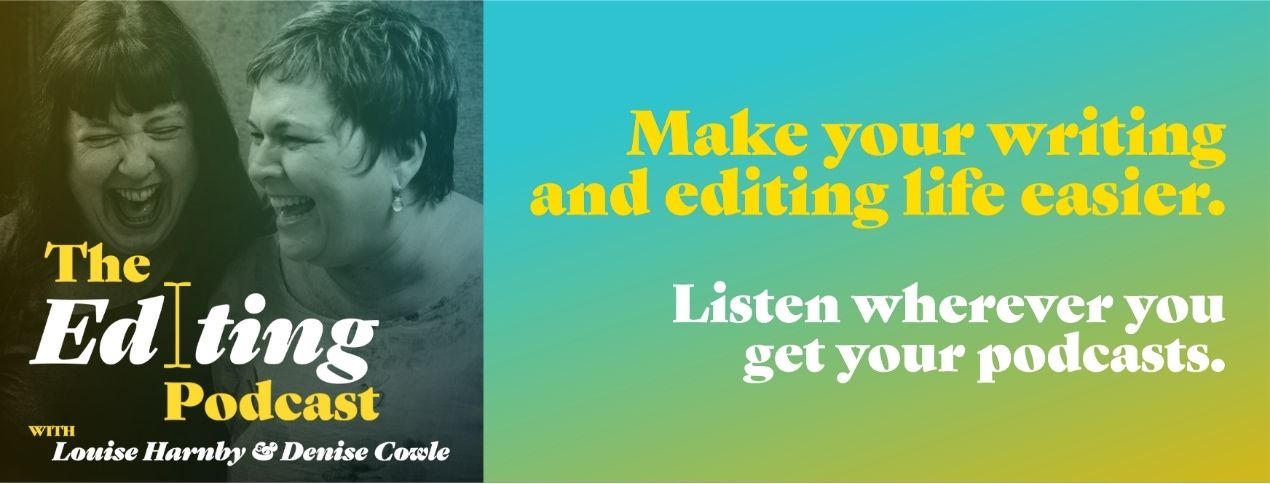
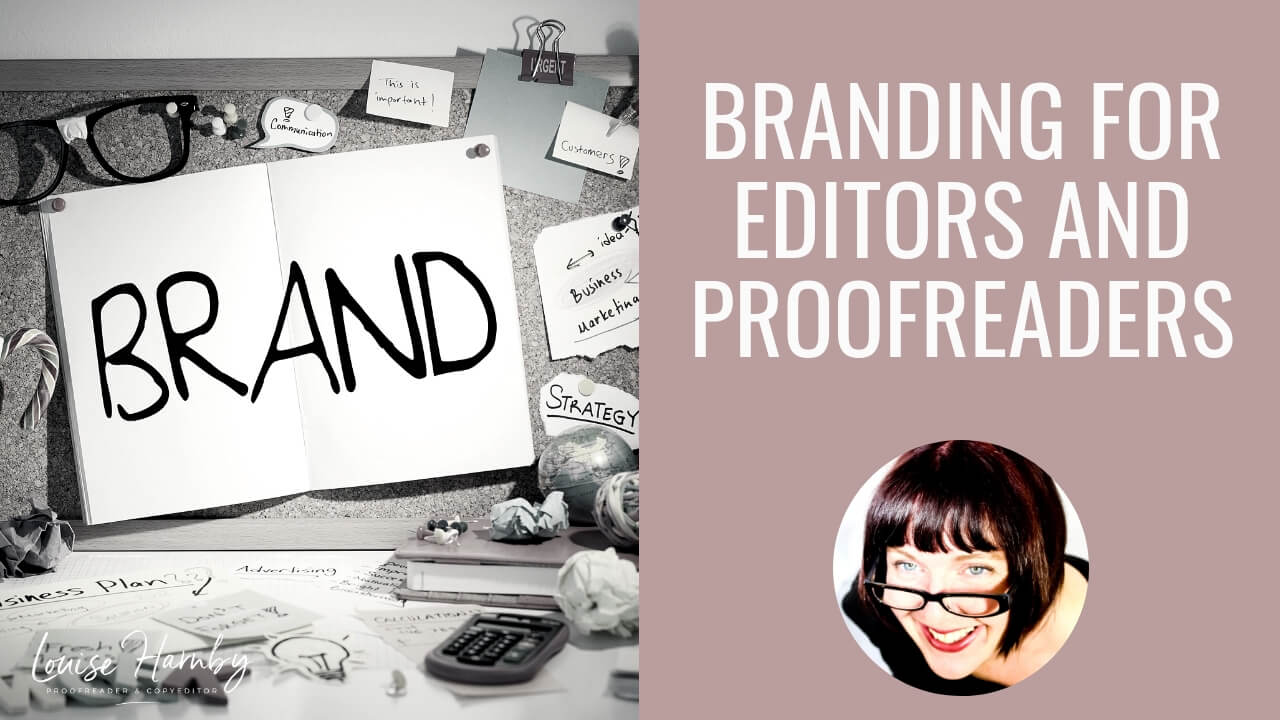
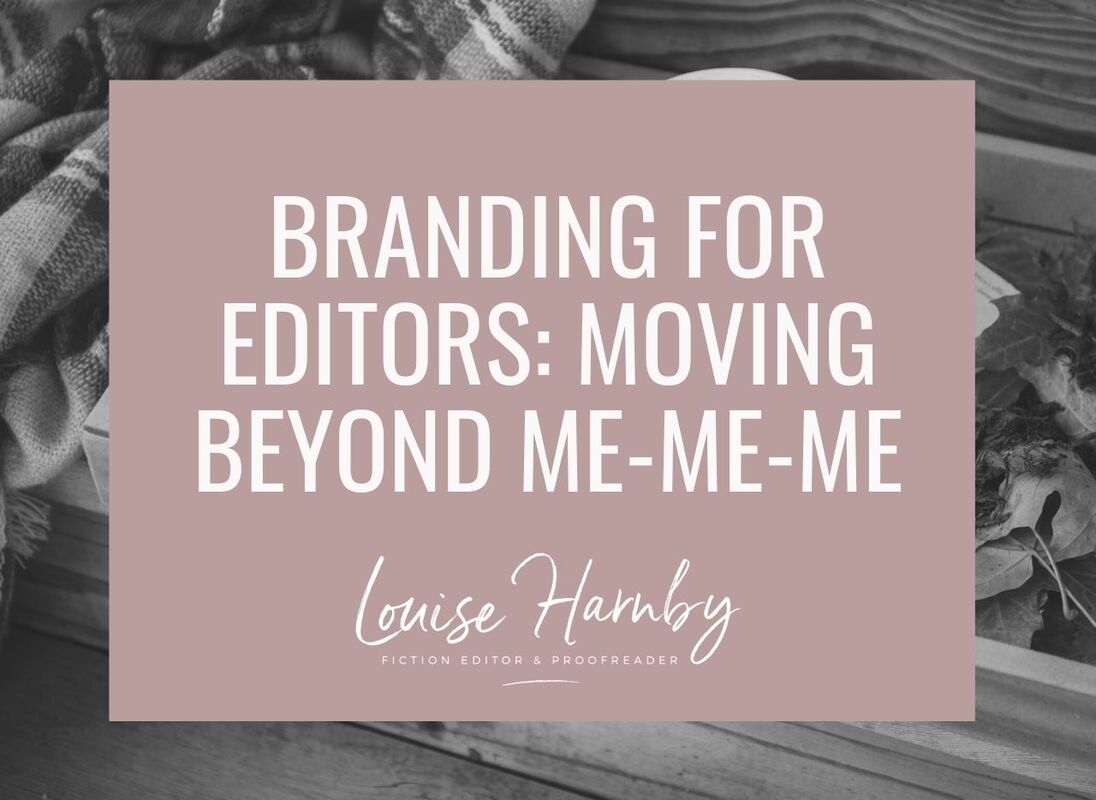



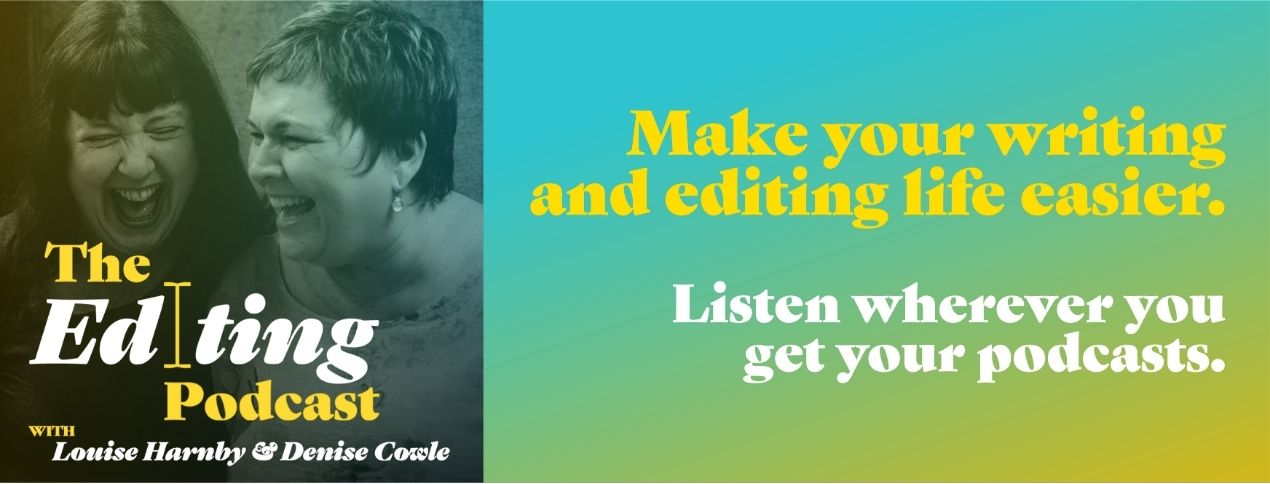
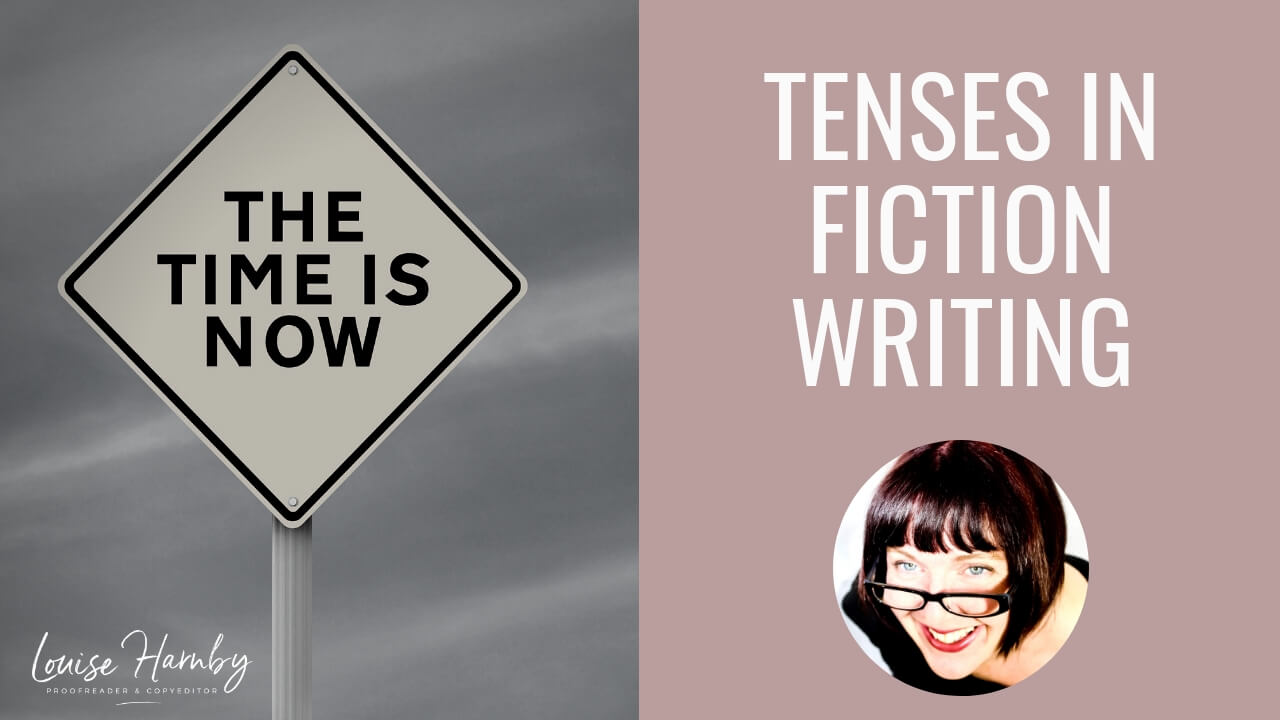
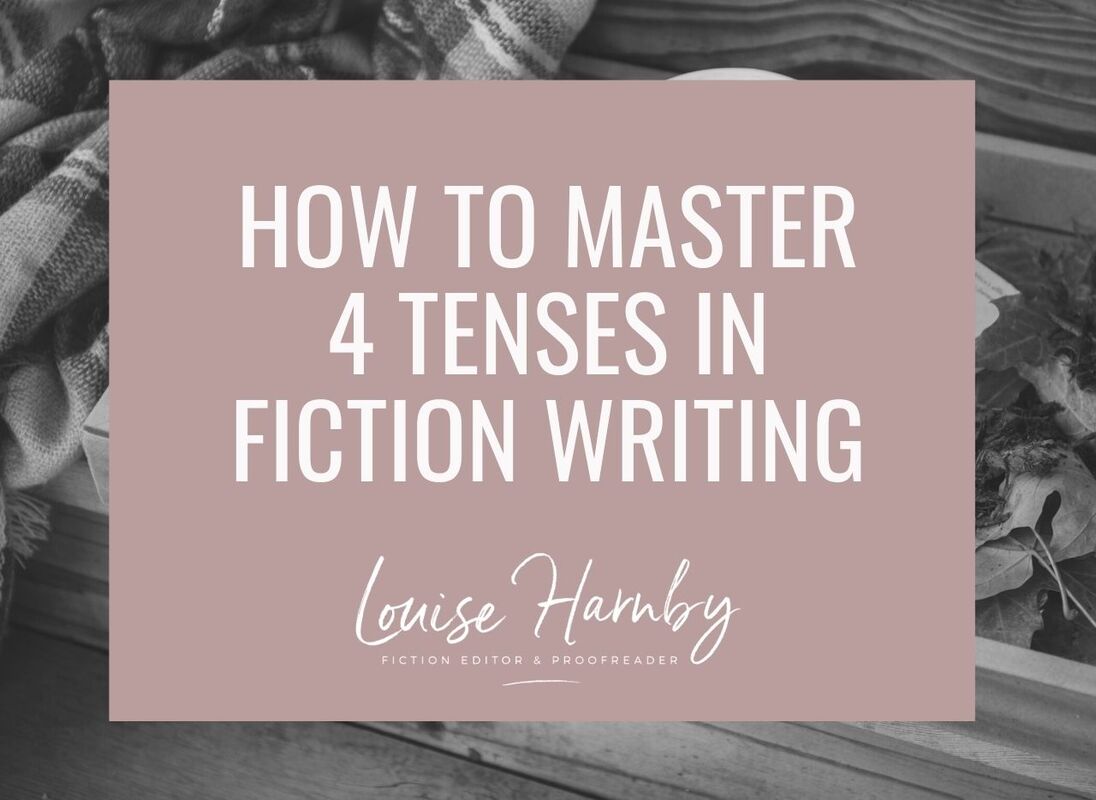
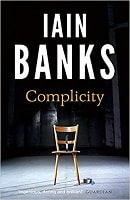

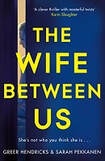
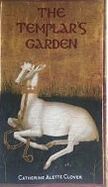
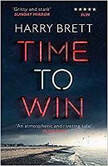
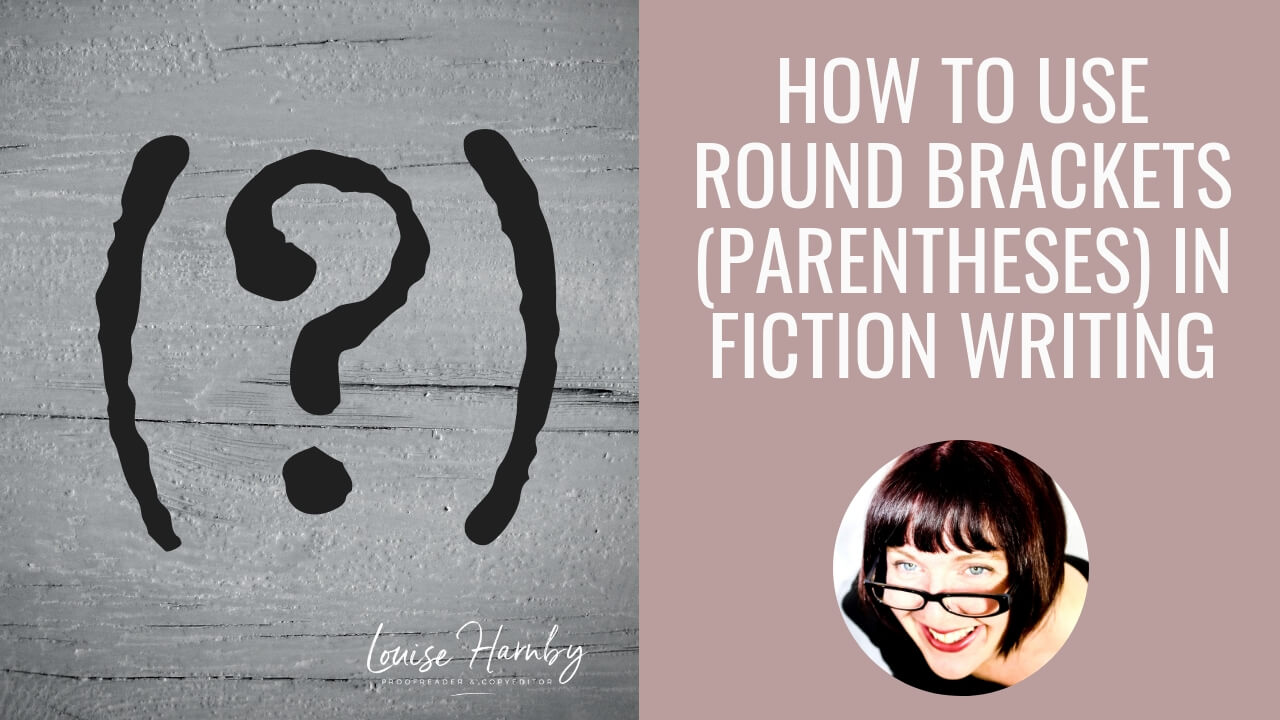
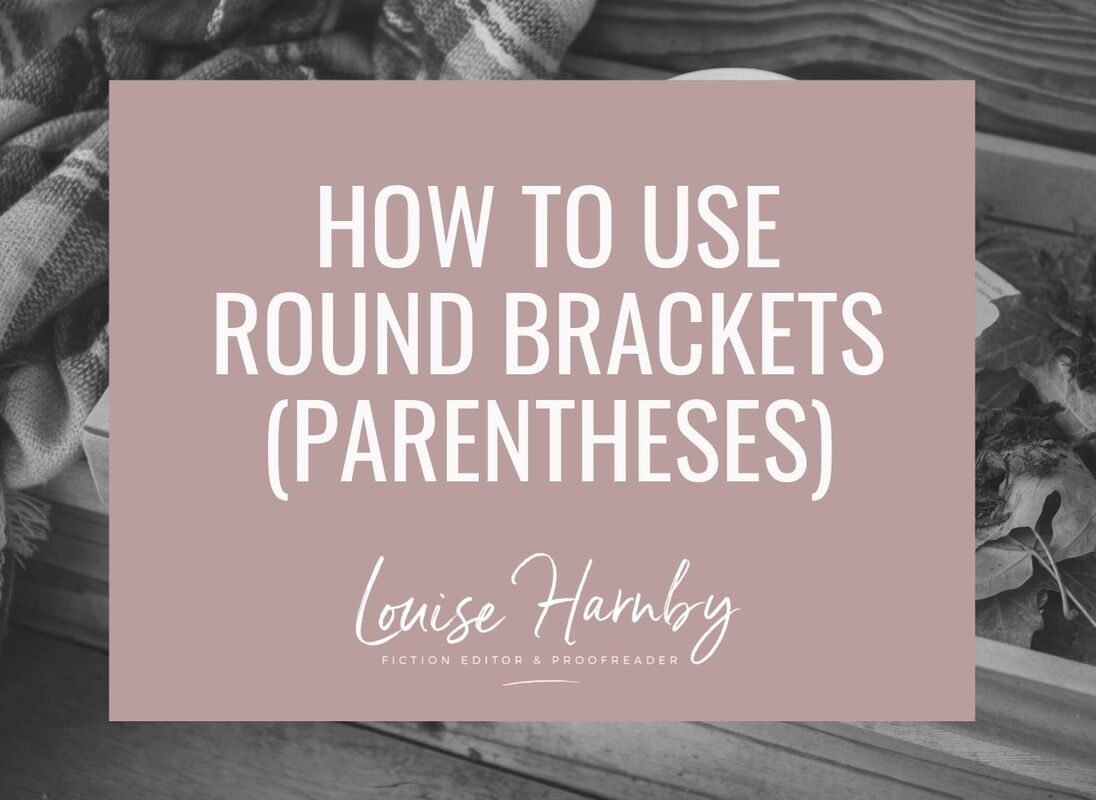
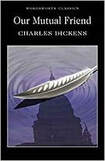
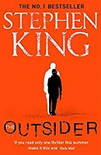
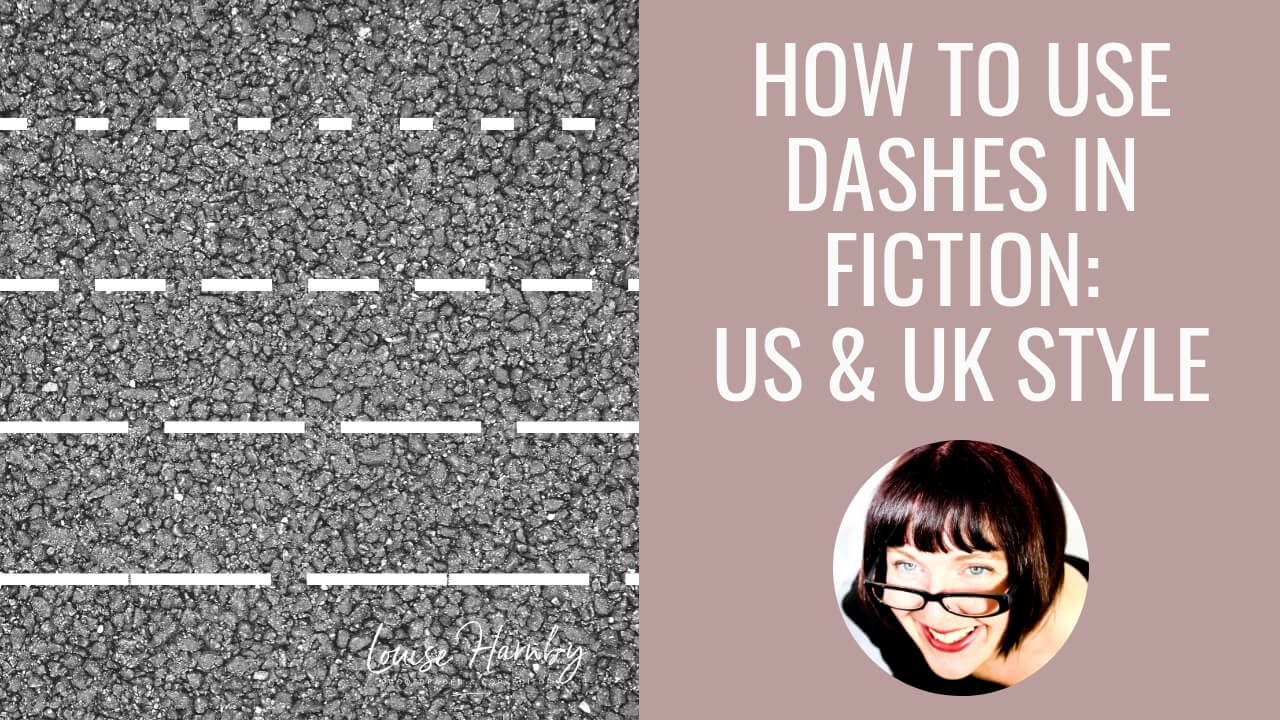
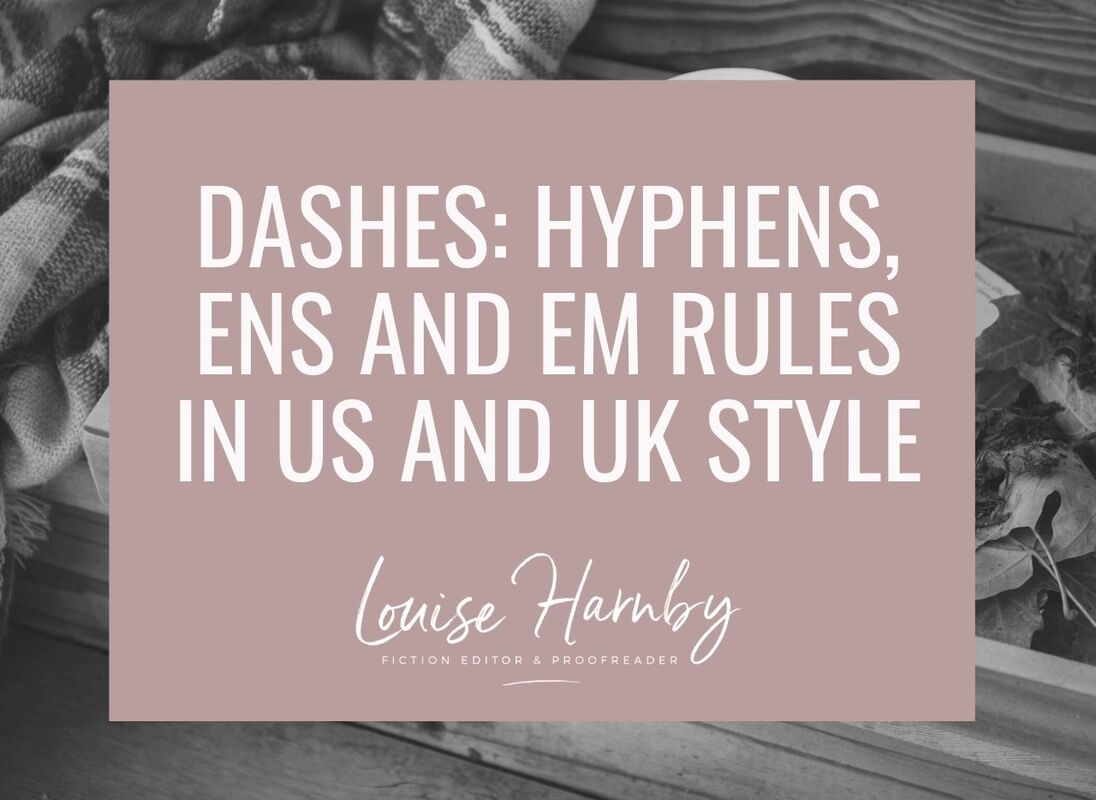













 RSS Feed
RSS Feed





